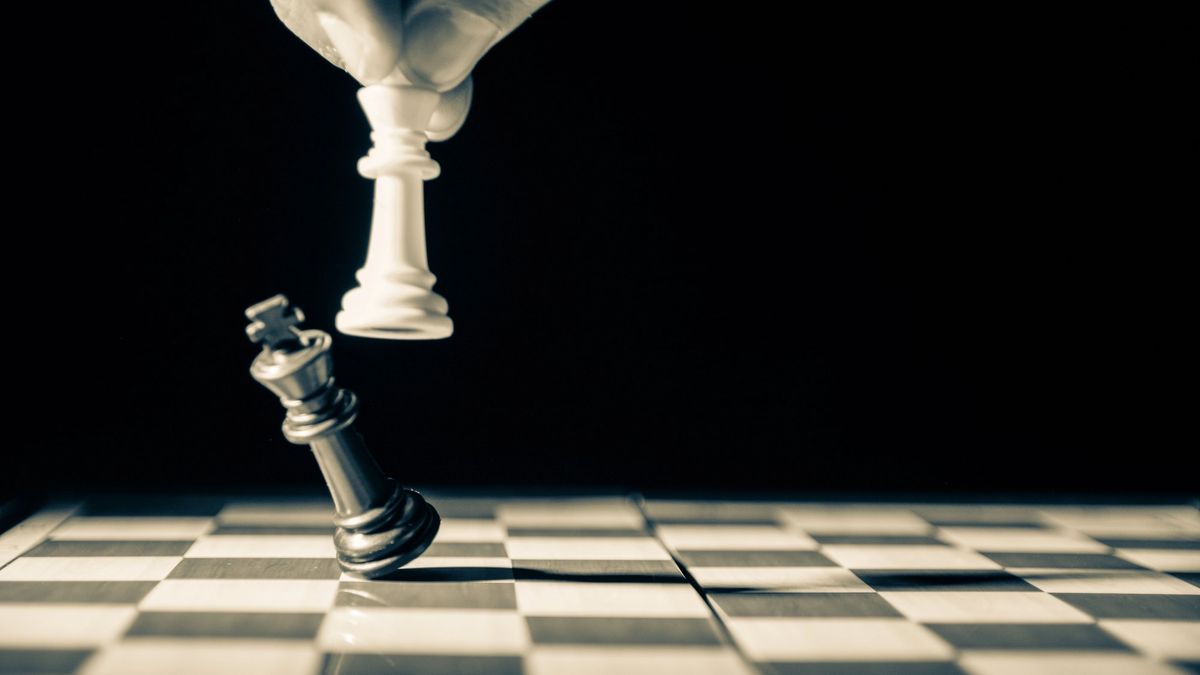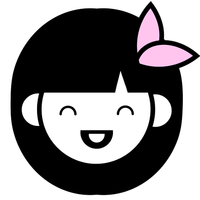
Games design
Everything begins with research.
One of my favourite simple, single-player games to pop up over the last few years is 2048, a tile-based game developed by Gabriele Cirulli. The aim is to slide the numbered tiles across the grid, combining matching ones in an attempt to create a tile with the number 2048.
It is a very addictive game, with a lot of potential for variation. It has the makings of a classic, very much like Tetris with the blocks and simple moves. With ones such as these, as soon as the game is over the player automatically hits restart.
I’ve spent my fair share of time playing Tetris. I’ve made it to level 22, at the games highest speed. Even with single-player games, there’s a huge competitive element.
An overview of 2048
The popular single player game 2048 created by Gabriele Cirulli is based on 1024 by Veewo Studio and conceptually similar to Threes by Asher Vollmer.
- It has only four player controls (up, down, left and right).
- When the player moves, the blocks all move in that direction.
- If two blocks with the same number collide, they add together.
- On each turn, another ‘2’ block appears.
- The aim of the game is to achieve a ‘2048’ block (although this does not finish the game).
- If the board fills up, the game is lost.
Using this as inspiration, I came up with my own concept.
My Game Concept
- Board begins with a random selection of colour blocks.
- The size of the board (initially a 4×4 grid) will be determined in testing.
- Player can only swipe up, down, left or right.
- When the player moves, all the blocks move in that direction as far as possible within the constraints of the grid.
- If three or more blocks of the same colour join, they all disappear.
- On each turn, another block appears (colour generated at random).
- There are levels of difficulty, determined by how many different colours at play. Easiest is 2 colours, up until it becomes impossible.
- After every 10 moves, if the game is still in play, the level is increased (another colour added).
- Aim of the game is to get the highest possible score.
- 1 point for every block cleared in level 1, 2 points in level 2 etc.
- Game is lost when the board fills up.
